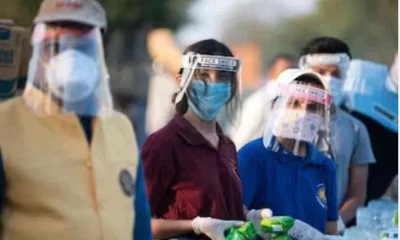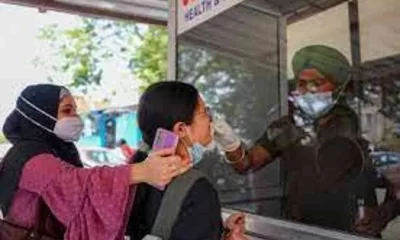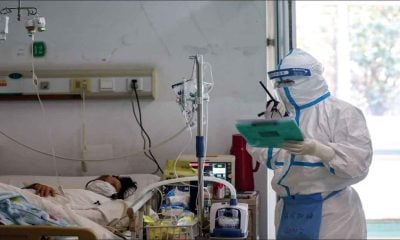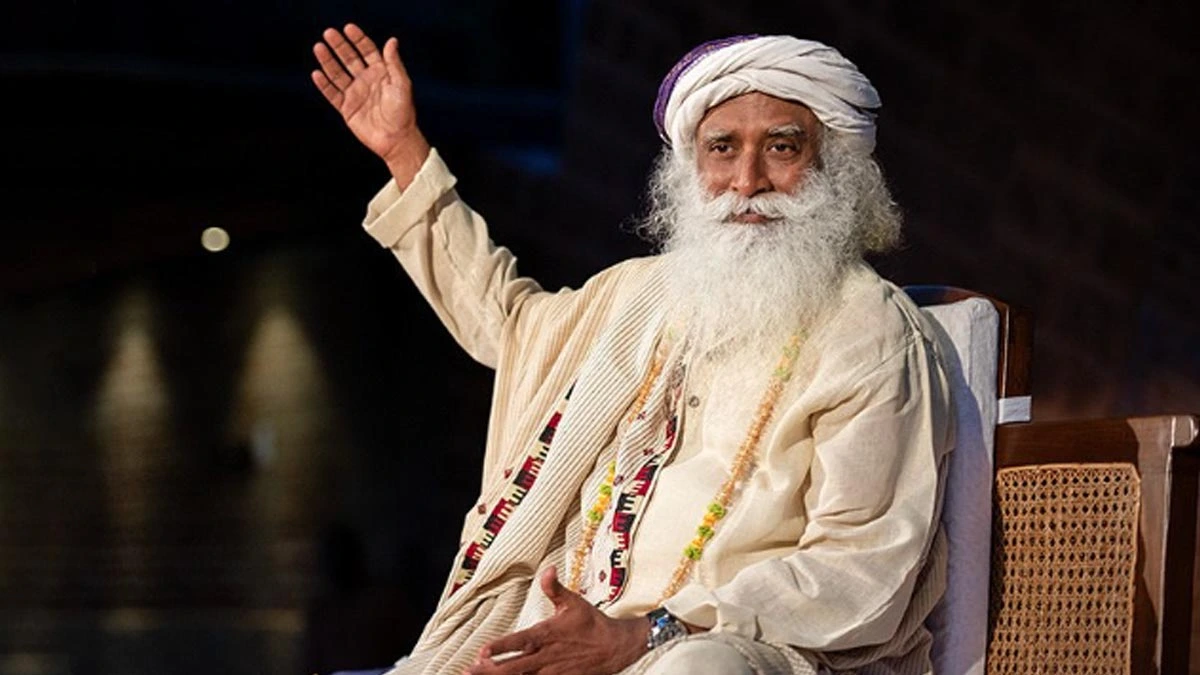Health
Covid-19 Scare: Worried because of new variant? Know where and how you are most likely to get infected
We all want to meet our friends or have them at our dinner. We all want to be in our routine back. We all want to go to gyms, dance in nightclubs without any fear of catching Covid-19. Here we are providing you with information that will help you to know how and when you can get infected with it.

Health
Karwa Chauth 2025 moonrise time: Biohacking the fast from sunrise to moonlight for better health
Karwa Chauth 2025 fast offers not only spiritual fulfilment but also scientifically proven health benefits — from improved metabolism and hormonal regulation to enhanced longevity and mental clarity.
Health
Sadhguru’s 30% diet challenge: Spiritual leader explains how eating more fruits can transform your digestion and mental clarity
Sadhguru’s 30% diet challenge urges people to eat more fresh fruits daily. From better digestion to steady energy, here’s how this change can improve your life.
Health
Is winter really a silent threat for diabetics and hypertensive patients? Risks you need to know
-

 India News11 hours ago
India News11 hours agoCried over Gaza, not a word on Bangladesh: Yogi Adityanath attacks opposition in UP Assembly
-

 Latest world news6 hours ago
Latest world news6 hours agoTarique Rahman returns to Dhaka after 17 years, massive crowd greets BNP leader
-

 India News11 hours ago
India News11 hours agoKarnataka bus-truck collision on NH-48 leaves 10 dead as sleeper bus catches fire
-

 India News11 hours ago
India News11 hours agoChristmas 2025 wishes for WhatsApp and Instagram status to share joy and warmth
-

 Latest world news3 hours ago
Latest world news3 hours agoKhaleda son Tarique Rahman arrives to rapturous welcome in Bangladesh
-

 India News10 hours ago
India News10 hours agoPM Modi pays tribute to Atal Bihari Vajpayee at Sadaiv Atal, says leadership is defined by conduct
















